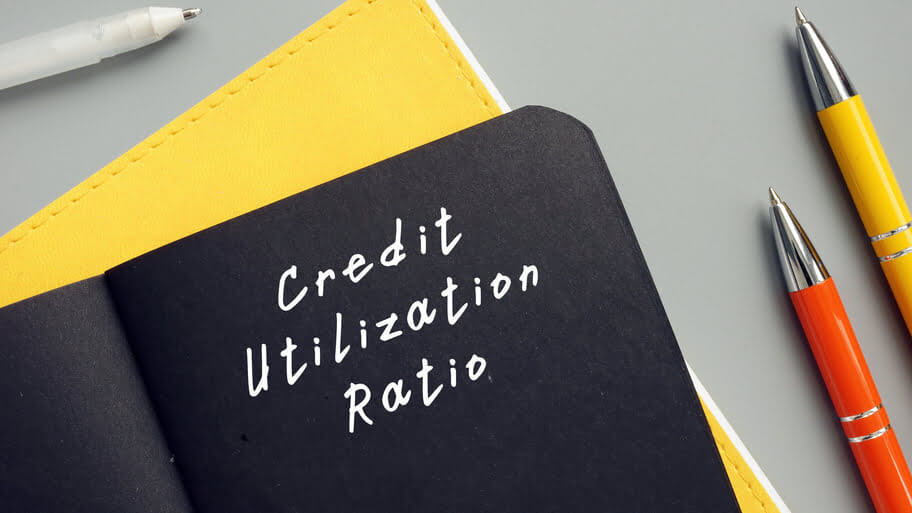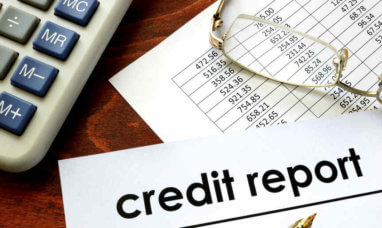The credit utilization ratio is a fundamental metric that you need to know about. If you have no idea what this means, don’t worry because we will break it down for you! This post will go over the credit utilization ratio, why it’s important, and how to calculate it.
What Is My Credit Utilization Ratio?
To understand the credit utilization ratio, you first need to know about your credit score. Your credit score is a snapshot of the information in your credit report at this point in time. FICO scores range from 300-850, with 850 being the best. In general, a high credit score is a good indicator of financial responsibility and can help you get lower interest rates when you want to borrow money.
Your credit report contains a lot of information on your financial history, including how much you owe to which companies and whether or not you paid on time. This is then used to calculate your FICO score. A significant factor in calculating your overall score is your credit utilization ratio—this is the amount of available credit that you are using. To calculate this, you need to know your credit limit and how much of this is being used.
How To Calculate Credit Utilization Ratio
To calculate your credit utilization ratio, divide your debt by the total amount of credit available to you and multiply this number by 100. The resulting number represents the percentage of your available credit that is currently in use. This is your credit utilization ratio.
To illustrate how the credit utilization ratio works, let’s say that you have a credit card with a $10,000 credit limit and an outstanding balance of $3,000. Your utilization ratio would be 30%.
Your credit utilization ratio is a crucial part of calculating your FICO score. The lower your ratio is, the better your score will be. In general, it’s recommended that you keep this below 30%. If your ratio goes above this, make sure to take action and pay down your debt to improve your score.
Most people have more than one credit card or line of credit and all of these credit sources must be included in your credit utilization ratio calculation. If this sounds like a headache to you, worry not! There are plenty of tools out there to make your life easier:
Credit Card Utilization Spreadsheet
A spreadsheet is a great way to keep track of your credit utilization ratio and is handy if you have several cards. Some software specializes in credit card utilization, but if you’re tight on cash, Excel or Sheets are free tools that you can use.
Utilization Credit Card Calculator
Another popular tool for calculating your credit utilization ratio is a credit card utilization calculator. Some software specializes in this and can tell you how much to charge on each card to reach a certain ratio. These tools are great because they have all the information you need right there. You just fill in the numbers, and it will do the math.
Per-Card vs. Overall Utilization Ratio
There are two different credit utilization ratios that you should know about. The first is the one we introduced in the example above—the per-card ratio. This factor represents your utilization of a specific card. This is a good indicator of your financial health, and if you have the same per-card utilization ratio for all your cards, there is nothing to worry about.
The second one that you should know about is the overall ratio which factors in all other credit cards you may have as well as installment loans and revolving credit accounts. This includes your line of credit, mortgage, student loan, car payments, etc. This number is a bit more difficult to calculate than the first one, but it’s still possible if you know exactly how much you owe on each account.
Your overall credit utilization ratio is more important than the per-card ratio because it considers the complete picture of your financial situation. However, you may need to tweak the per-card balance a bit to achieve an overall good score.
Why Is It Important to Lower the Ratio?
If you get to a point where your credit utilization ratio is too high, this can hurt you in the long run. This means that you’re spending more money than you can afford, and it also makes it look like you’re financially irresponsible. Many lenders may see this as a signal that you might not be able to make all of your future payments.
If you are carrying a high balance on all of your cards, this will hurt you. However, if the overall ratio is too high but all of your ratios are low, there’s not much to worry about because it won’t significantly affect your FICO score.
How to Improve Your Credit Utilization Ratio?
There are many things you can do to improve your credit utilization ratio. These include:
-
-
- Making payments on time
- Paying off all or some of your balance
- Monitoring your accounts and receiving alerts when bills are due
- Reviewing all your statements and identifying any mistakes or overcharges
- Fixing any mistakes you find on your credit report
- Taking advantage of balance transfer offers to shift balances from high-interest cards to low-interest cards
-
If you can’t seem to get back on track, consider enlisting a financial coach who can help you lower your utilization ratio. With their support, you will be able to increase your score and manage your money better.
Frequently Asked Questions
Is a Credit Score of 721 Good or Bad?
A credit score of 721 would be considered a good credit score. Scores between 670 to 739 are considered good. So, if you have a 721 credit score, you should have access to competitive rates on new credit cards and loans.
Can You Go Over Your Credit Card Limit with Capital One?
Another thing that can affect your utilization rate is going over your limit. For example, you can go over your credit card limit by $100 with Capital One. The catch is that they charge you a fixed fee of $25 for this privilege, and this fee will be factored in your utilization ratio.
Bottom Line
While the per-card utilization ratio is a good indicator of your financial health, you should also pay attention to your overall ratio. This number considers more factors, and while not as important as your payment history or length of credit history, it plays a crucial role in determining how much money you can borrow and at what interest rate.
Try to keep your overall credit utilization ratio under 30% to lower your interest rates and improve your score at the same time.
Featured Image: Megapixl







